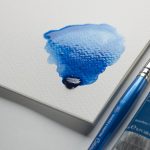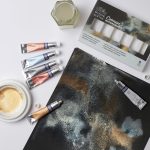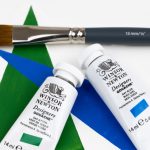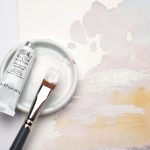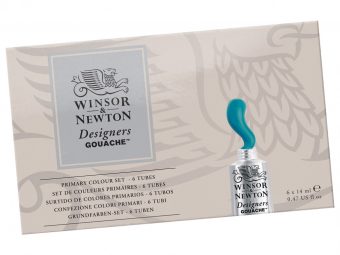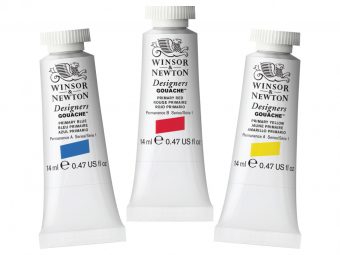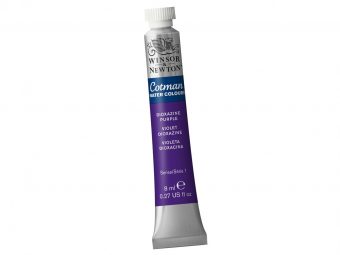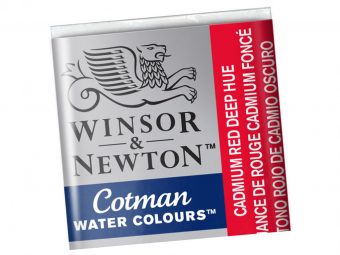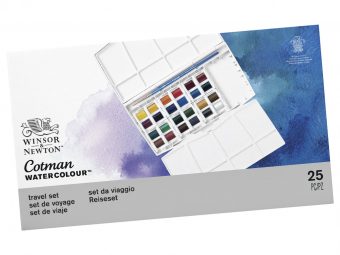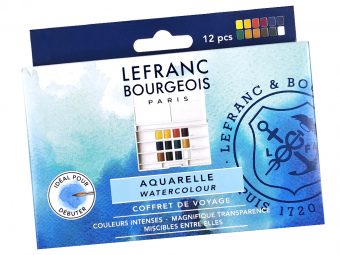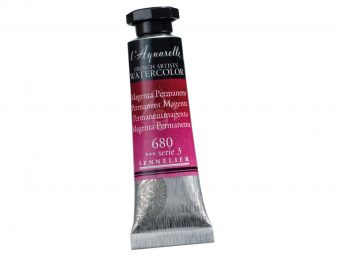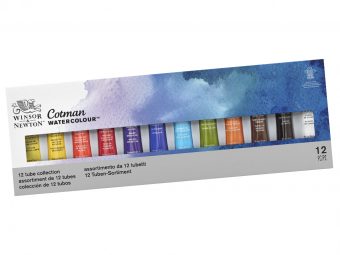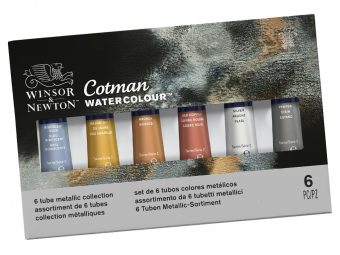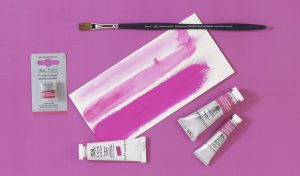
The art world is full of diversity in terms of different painting techniques and mediums. Two such popular water-based painting mediums are watercolors and gouache paints. Both of these paints allow artists to create stunning works of art, but which one best suits your creative vision? In this post, we take a closer look at watercolors and gouache paints and the differences between them.
Watercolors: subtlety and transparency
Watercolors are known for their delicate and transparent look. These paints are composed of pigment, binder and water, which allows them to create a beautiful airy effect. With watercolors, it’s the paper you use that counts – special watercolor paper absorbs the colors correctly and allows them to diffuse, creating a unique watery effect.
The strength of watercolors lies in their ability to blend with each other, creating smooth swirls of color and subtle shading. This makes watercolors an excellent choice for landscapes, flowers and abstract works. Watercolors are also convenient to carry around, as they can be used with both brush and waterbrush, without being overburdened with large accessories.
Gouache paints: opacity and texture
Gouache paints differ from watercolors in their thick, overlapping textures. These paints contain a denser concentration of pigments and can be applied to paper or canvas in a stronger, more intense layer of color. A variety of textures can be achieved with gouaches, as they can be applied as a thin layer or as a thick brush stroke.
Gouache paints are an excellent choice for works where more texture and coverage are desired. They can be used for both superficial rendering and layering, creating interesting visual effects. The main advantage of gouaches is their ability to cover large areas evenly and intensely.
The choice depends on your creative goals
To sum up, watercolors and gouache paints are both excellent choices, but their different properties suit different creative styles and techniques. If you’re looking to create delicate and transparent works that emphasize the seamless blending of colors, watercolors are your choice. If, on the other hand, you prefer a stronger overlap, texture and textural possibilities, you might prefer gouaches.
When creating art, it’s important to set your goals and experiment with different painting mediums to find the one that best suits your personal expression. Sometimes combining the two can also give you the opportunity to achieve interesting contrasts and effects in your work.

